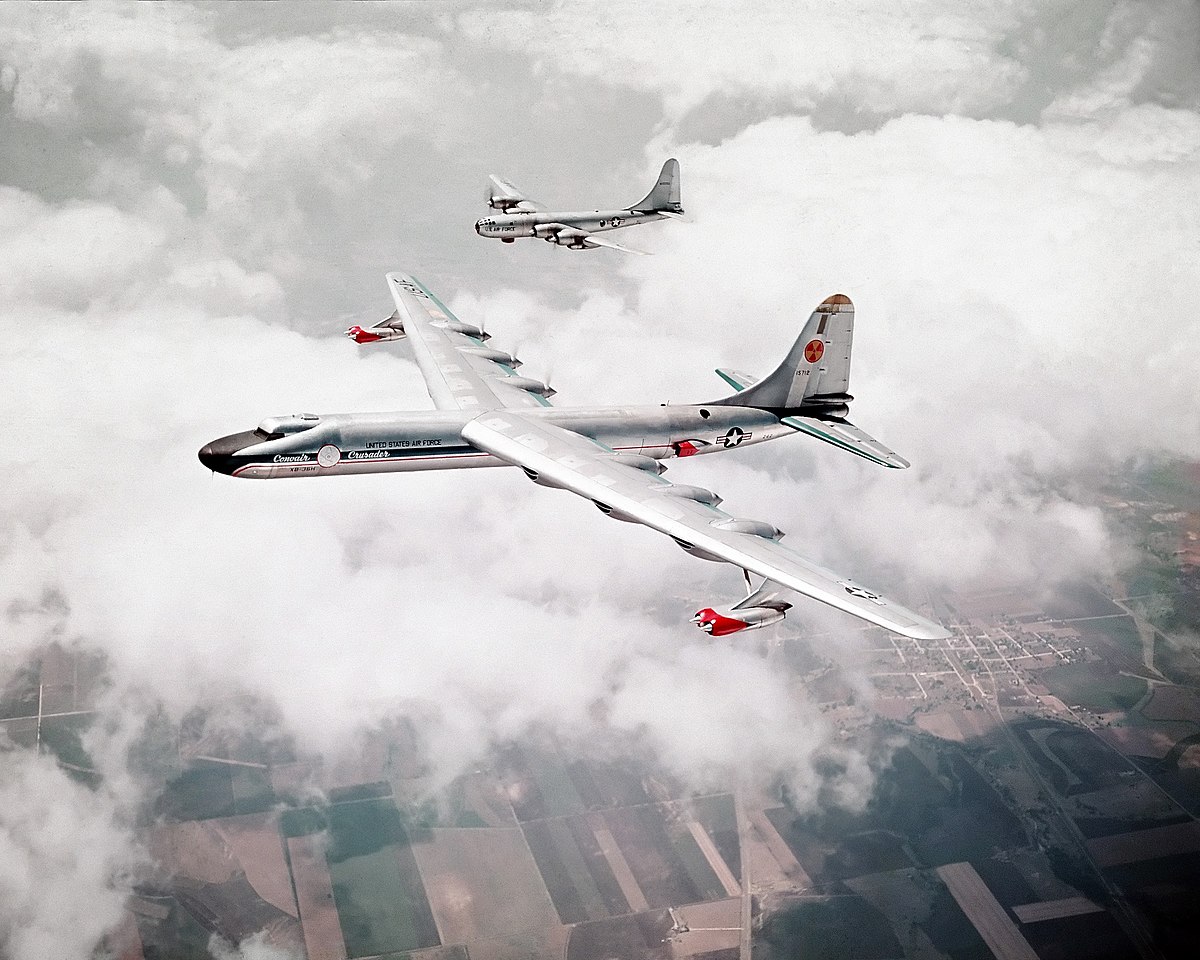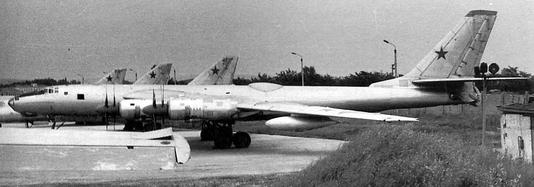Bear Ribs
Well-known member
You get a lot better efficiency using other materials than water for coolant, so something like molten salt would be the reactor coolant, which would flash-boil water into steam, which would power the steam engine and then escape taking the heat with it. Reactors typically have two loops so that one loop, fully contained, is exposed to radiation while the second loop that evaporates is never exposed to any radioactive material and thus is safe to release. The higher efficiency from a denser coolant would enable making the reactor more compact.How would cooling work on a train?
Don't ships just cycle sea water through?
A bit ignorant as to the exact mechanics.
They'll have a tank of water, either built into the locomotive or as the first car behind the locomotive depending on the volume needed. This would basically be the equivalent of an old-school reactor's coolant pond. It may potentially be worth a huge tank since it could go for years without having to refuel, hence it could cross an entire continent, even travel from China all the way to the Atlantic without a stop if that was most profitable. I'm not sure if the logistics would matter in terms of fewer stops or if reducing weight with a smaller reservoir would be more beneficial.








